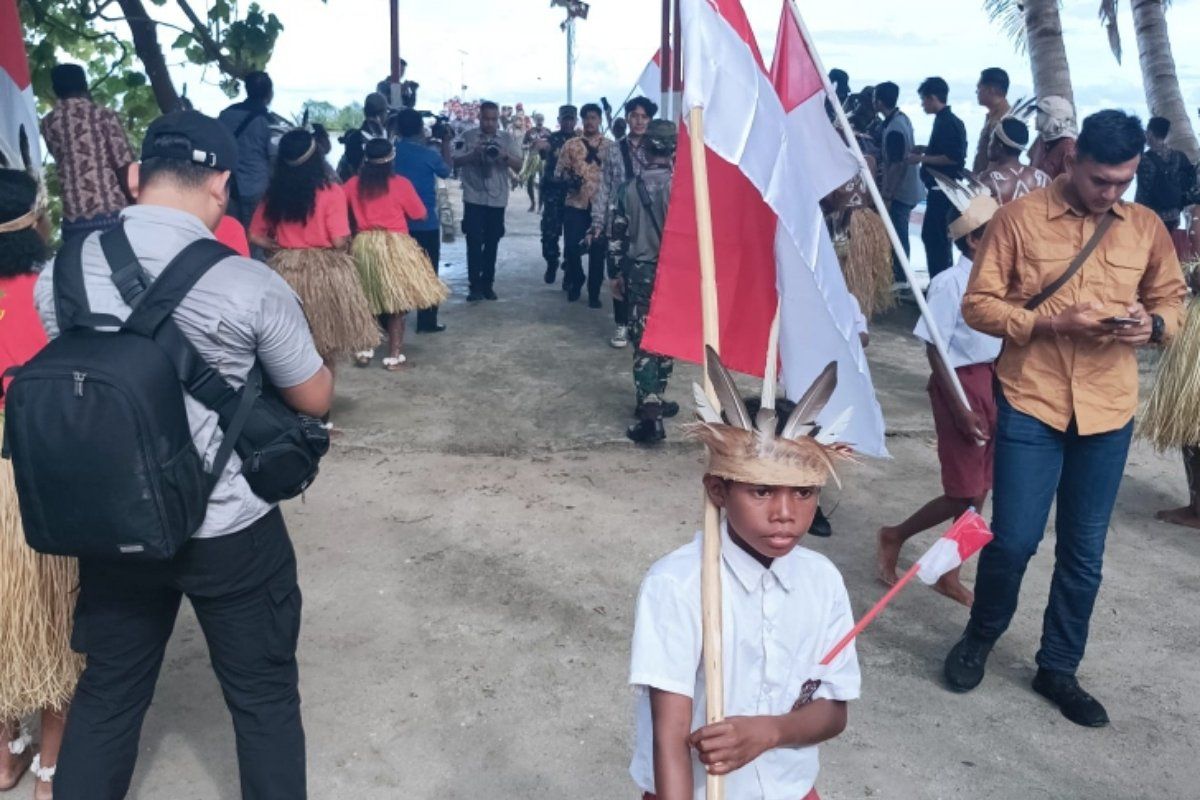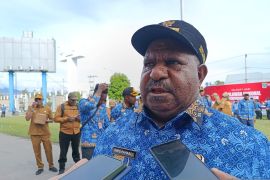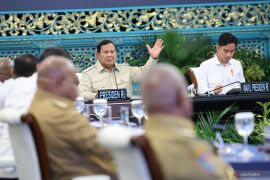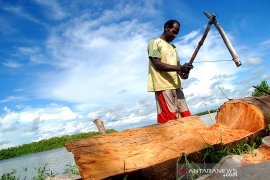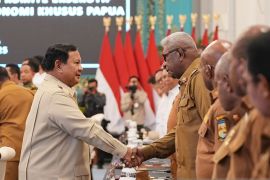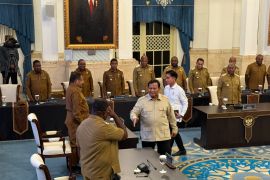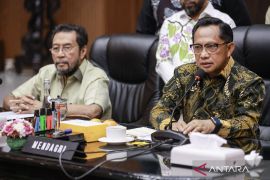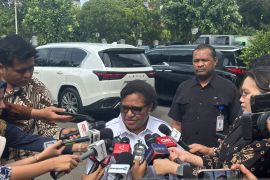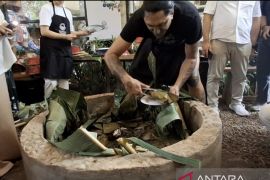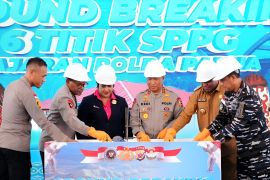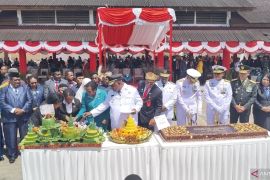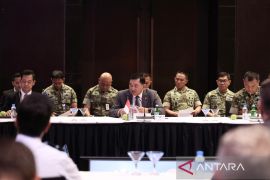The presence of an early childhood education (PAUD) center and an elementary school is helping enlighten the young minds of Mapia Islands of Supiori district, Papua province.
Both the central and regional governments have been facing a challenge in sustaining educational institutions on these islands, one of the outermost regions of both Papua Province and Indonesia, given the shortage of teachers.
Amid the limitations, people living on the islands in Papua's northern frontier have been striving to ensure that learning and teaching processes run well day after day.
The sustainability of the processes so far has served as a testament to the presence of the state in fulfilling the education needs of Indonesia’s future generation living on the islands.
Geographically speaking, the islands of Mapia lie within the administrative area of Supiori district. The islands, formerly known as Freewill Islands or San David Islands, were a part of a plethora of islands scattered across the Pacific Ocean.
Mapia Islands lie 197 kilometers north of the West Papuan capital of Manokwari city and 630 kilometers away from the neighboring countries of Palau and the Philippines.
It is worth noting that the archipelagic region is only accessible from a port in Biak Numfor district. Those wishing to set foot on the islands are required to undertake a voyage of 17–18 hours.
The region consists of two main islands, namely Bras Island and Pegun Island, a lesser island called Fanildo, and two minor islands.
The islands of Mapia, which means beautiful in the Sangir language, are home to 79 families. However, Fanildo Island has been left uninhabited as part of an effort to preserve the habitats of local fauna, such as turtles and seagulls.
In terms of natural potential, Mapia Islands rely on marine resources as well as copra, or dried coconut flesh. Copra is mainly processed into cooking oil.
Shaping Indonesia’s future
Currently, there are only two educational institutions on the islands — PAUD Tunas and a small-sized school called the Mapia Public Elementary School. In total, the institutions have just 70 pupils, who are taught by four permanent teachers.
A mix of the 2013 Curriculum and the Merdeka Belajar (Freedom to Learn) Curriculum is being applied in learning and studying activities on the islands.
Both PAUD Tunas and Mapia Public Elementary School were developed with support from the Supiori district government. Currently, the elementary school has eight classrooms, while the PAUD is still making use of a village hall for its activities.
The government is planning to construct a building for PAUD as the educational institution is expected to help the outermost region produce youngsters instilled with the values of Indonesia’s Pancasila ideology.
Meanwhile, the alumni of Mapia Public Elementary School will still need to go to Papua’s Biak Numfor or other regions outside the province to continue their education — at least in the near future.
Nova Rumbiak, coordinator of the PAUD Tunas’ management, said that her side is placing emphasis on the importance of channeling knowledge to local kids by combining local wisdom, the Merdeka Belajar Curriculum, and the concept of fun learning.
The PAUD has been relying on local teachers to teach the 11 children under its care.
“Every day, we offer the kids a series of fun learning activities interspersed with games, songs, and religious values in an effort to create a golden generation that will help achieve the Golden Indonesia 2045 vision and make Papua a smart, healthy, and productive region,” Rumbiak said.
Meanwhile, a teacher at Mapia Public Elementary School, Yustinus Kiambo, said that he and fellow teachers are not new to varying challenges in educating the children of Mapia.
He informed that the lack of learning materials, limited access to the islands, and unreliable communication networks have been making it difficult for them to provide the finest education services to the kids.
However, he added, teachers serving the nation on Mapia Islands will never back down as they are committed to educating children on the islands.
According to Kiambo, all the teachers on the islands have embraced the limitations, viewing them as challenges that need to be overcome wholeheartedly to fulfill their devotion to the country.
Related news: Papua makes cross-sector push for equal education in 3T areas
“We truly hope that the children here can exercise their right to education since they have dreams,” he stated.
Support from the government
The Ministry of Education, Culture, Research, and Technology and the local government have been paying special attention to the need to develop high-quality, smart, and distinguished talents in the maritime region.
The Education Office of Supiori said that it has been striving to provide assistance to educational institutions located in the outermost, frontier, and disadvantaged (3T) areas, including Mapia Islands, and the teachers stationed there.
To support 3T education institutions, the district government is constructing new classrooms, libraries, laboratories, and sports facilities.
As for the teachers, the local government is offering a range of incentives, based on their rank, class, and position within the school management.
The loyalty and dedication demonstrated by teachers serving in 3T schools in Supiori are proof of their exceptional capabilities.
“This proves that the teachers have been wholeheartedly operating PAUDs, elementary schools, and junior high schools in our 3T areas,” Nehemia Imbab, the secretary of the education office, said.
It is safe to say that the tenacity and patience demonstrated by the teachers coupled with the enthusiasm for learning shown by the children have brought a ray of hope for progress to Mapia Islanders, allowing them to aspire to participate in the achievement of the Golden Indonesia 2045 vision.
Related news: Integrated education method to reduce dropout rate in Papua: official
Editor: Rahmad Nasution
Copyright © ANTARA 2024
